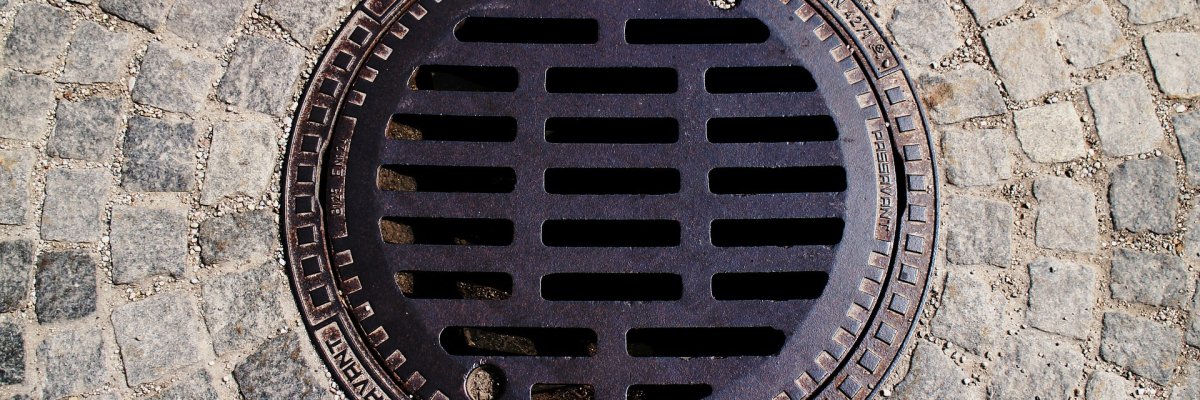sewage
Waste water is water whose properties have changed due to use by households, trade and industry (waste water) and water that flows away from built-up and paved areas and is collected for transport (rainwater).
Environmental protection reasons require this wastewater to be cleaned. Due to the size and topographical location of the Konz municipality, a large network of pipes must be maintained and several wastewater treatment plants must be operated. The cleaned wastewater is returned to the natural waters. In order to fulfil this purpose, considerable investments were required in the wastewater sector in the past so that constant improvements could be made to the existing biological treatment plants, pumping stations and the sewer network.
The residential areas in the VG Konz are today very good examples of new ways of sewage disposal through the use and infiltration of rainwater within the residential areas - e.g. through infiltration systems.
The Saarmündung large-scale sewage treatment plant is a model for the most modern technology in the sense of promoting the cleanliness of water and environmental protection.
Sewage treatment plant Saarmündung Conc
Sewage treatment plant Saarmündung Conc 50,400 PE* Mechanical-biological plant Coverage area:
Konz, Könen, Filzen, Hamm, Niedermennig, Obermennig, Krettnach, Kommlingen, Kanzem, Oberbillig, Onsdorf, Tawern incl. Fellerich, Temmels, Wasserliesch, and Wellen (from the VG Trier-Land) Igel and Langsur (districts Igel-Liersberg and Langsur-Wasserbilligerbrück)sewage treatment plants
Sewage treatment plants (mechanical-biological plants) EGW* coverage area middle 3.880 middle Pellingen 1.500 Pellingen Wiltingen 4.900 Wiltingen, Oberemmel Saarburg sewage treatment plant (VG Saarburg) 597 from VG Konz: Wawern Wastewater treatment plant Wincheringen (VG Saarburg) 262 from VG Konz: Nittel-Köllig and Nittel-Rehlingen pumping stations and clarifiers
pumping stations and clarifiers in Konz-Karthaus, Konz-Moselzentrum, Konz-Saarbrücke, Konz-Filzen, Kanzem, Wasserliesch, Wellen, Oberbillig, Onsdorf, Tawern including Fellerich and Temmels
* EGW = population equivalent
The population equivalent serves as a reference value for the dirt load in water management. It can be related to the biochemical oxygen demand (BOD5), chemical oxygen demand (COD), nitrogen, phosphorus, total organic carbon, suspended solids or water consumption. In each case, it indicates the inhabitant equivalent of the daily amounts of these substances or consumption in wastewater from industry, commerce, agriculture, etc.
The following values are used as population equivalents in Germany:
- Water consumption 180 ℓ/d
- BOD5 60 g/d
- COD 120 g/d
- TOC 45 g/d
- Suspended solids 70 g/d
- Kjeldahl nitrogen (total N without nitrate and nitrite) 11 g/d
- Phosphorus (total-P) 1.8 g/d
